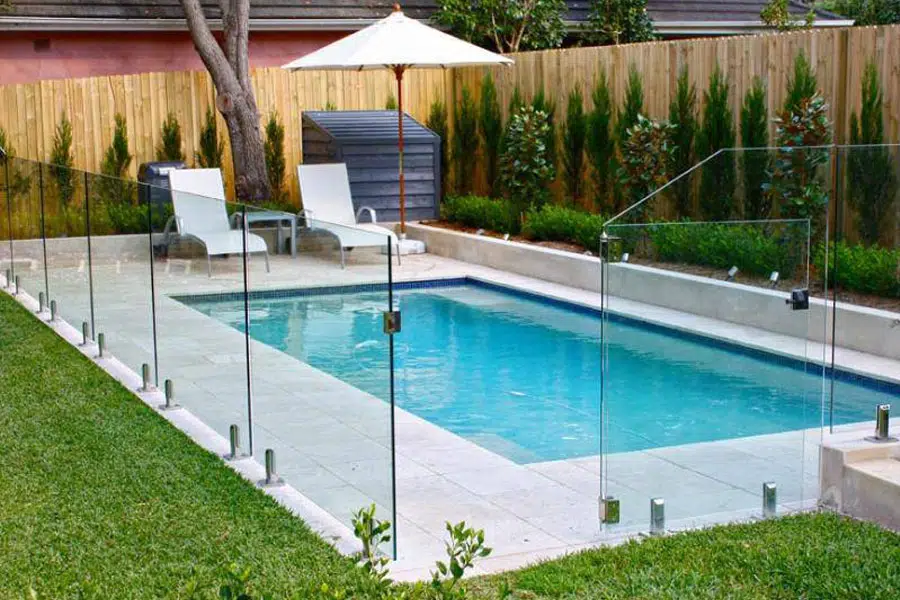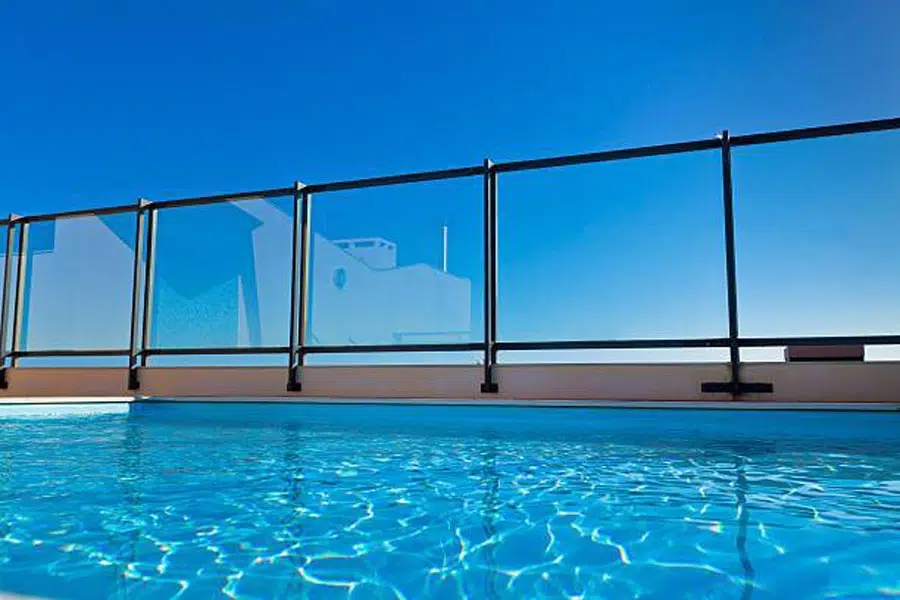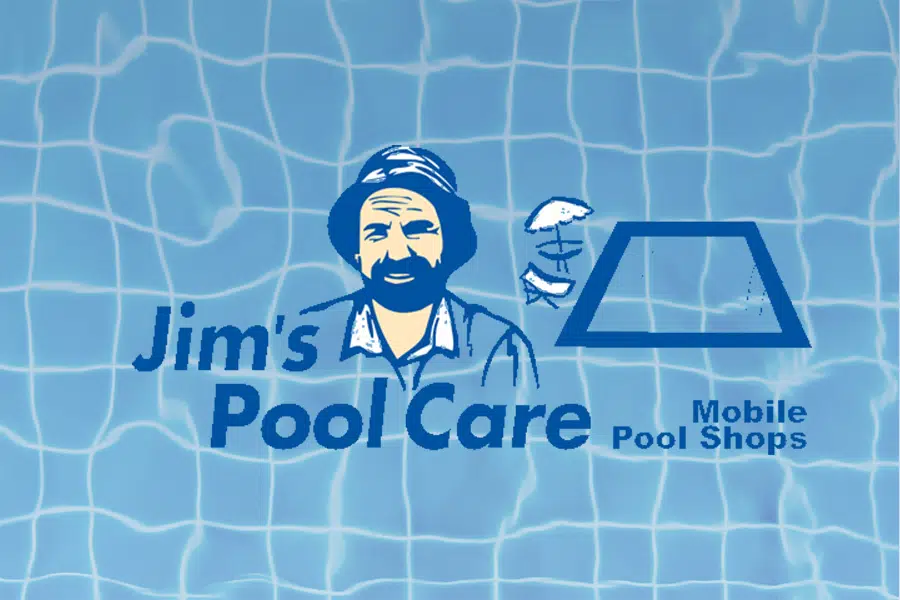
Pool Fencing – What You Need to Know
Pool Fencing is an especially important factor in helping to reduce the risk of drowning by providing a barrier to the pool or spa area. It is important to remember that even with a pool fence, small children must be supervised when they are in or near a pool or spa. Fencing is required by legislation for any swimming pool or spa that is more than 300mm deep and must be maintained for as long as you have the pool or spa. Swimming and spa pool fence regulations have changed over time and different requirements and standards may apply to your pool, depending on when your pool was approved, constructed, or installed.



